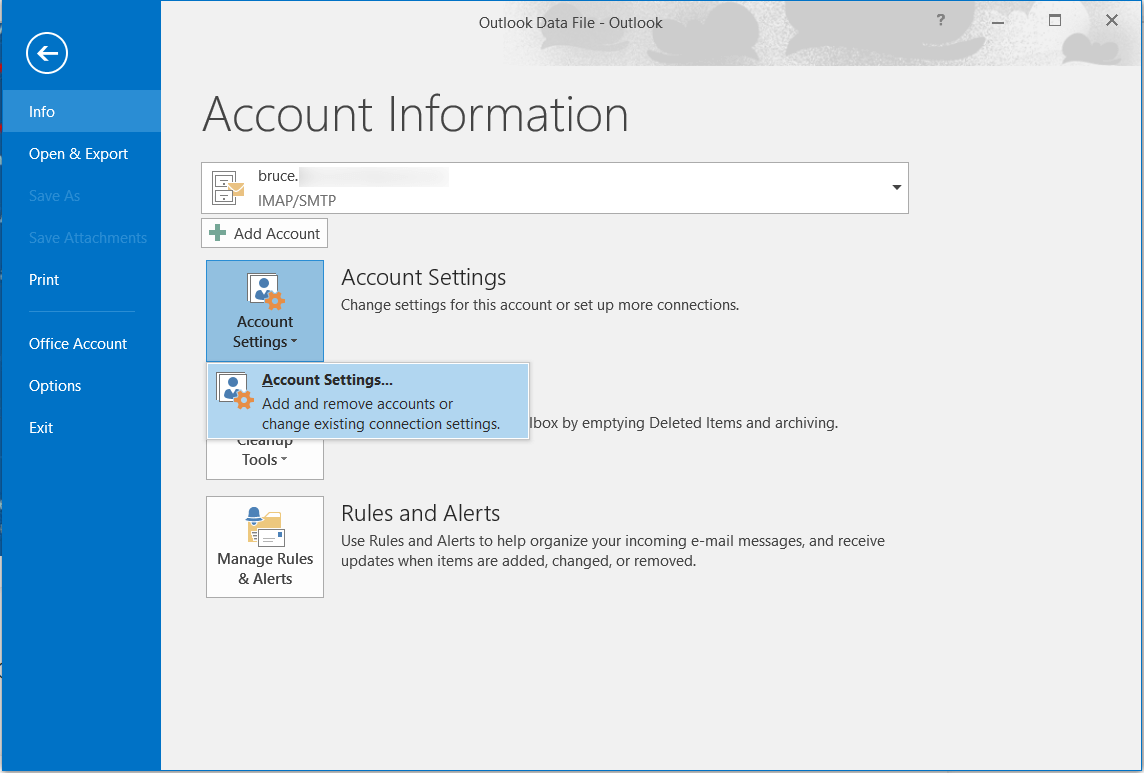


Select the folder that you wish to hide, unhide, delete or move.

Depending on your account configuration expand the following folder:.Double click on the mailbox store containing the folder you wish to alter.If you’ve never seen this dialog before, just click OK to load your default mail profile. Select the mail profile which contains the folder you wish to alter.Unzip the downloaded file and from the extracted folder double click on mfcmapi.exe.When you use a 64-bit version of Outlook, you’ll need the file starting with.When you use a 32-bit version of Outlook, you’ll need the file starting with.Doing that together with making a backup of your Outlook data before beginning will make it safe to use MFCMapi even when you’re not an expert user or developer. It’s designed for expert users and developers only so pretty much all safety nets are missing and making a mistake could result in total destruction of your mailbox data.įollowing the below instructions to the letter is therefore crucial if you are not familiar with the workings of MFCMAPI. MFCMapi is a low-level mailbox editing tool.
REMOVE OUTLOOK PERSONAL FOLDERS FREE
It is a free tool which is published by Stephen Griffin from Microsoft on GitHub as Open Source. It uses Microsoft’s published APIs to provide access to MAPI stores through a graphical user interface. These invisible folders for instance still show up when using a Search Folder or Instant Search (even after rebuilding your Search Index) or you get an error that the folder already exists when trying to recreate it in the same location. The method in this guide can also be used to “revive” invisible folders. MFCMAPI also allows you to move back a default Outlook folder for those rare instance where they become a subfolder of another default folder such as the “Inbox” folder being listed under the “Deleted Items” folder. There may be various reasons to why you might want to hide, move or delete a folder via MFCMAPI.įor instance, to hide “special folders” for features you do not use or to re-hide a folder which shouldn’t be visible in the first place (like the “News Feed” folder).


 0 kommentar(er)
0 kommentar(er)
